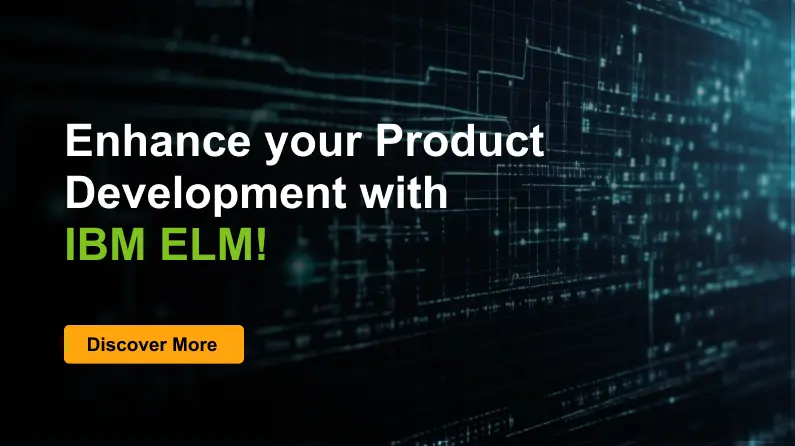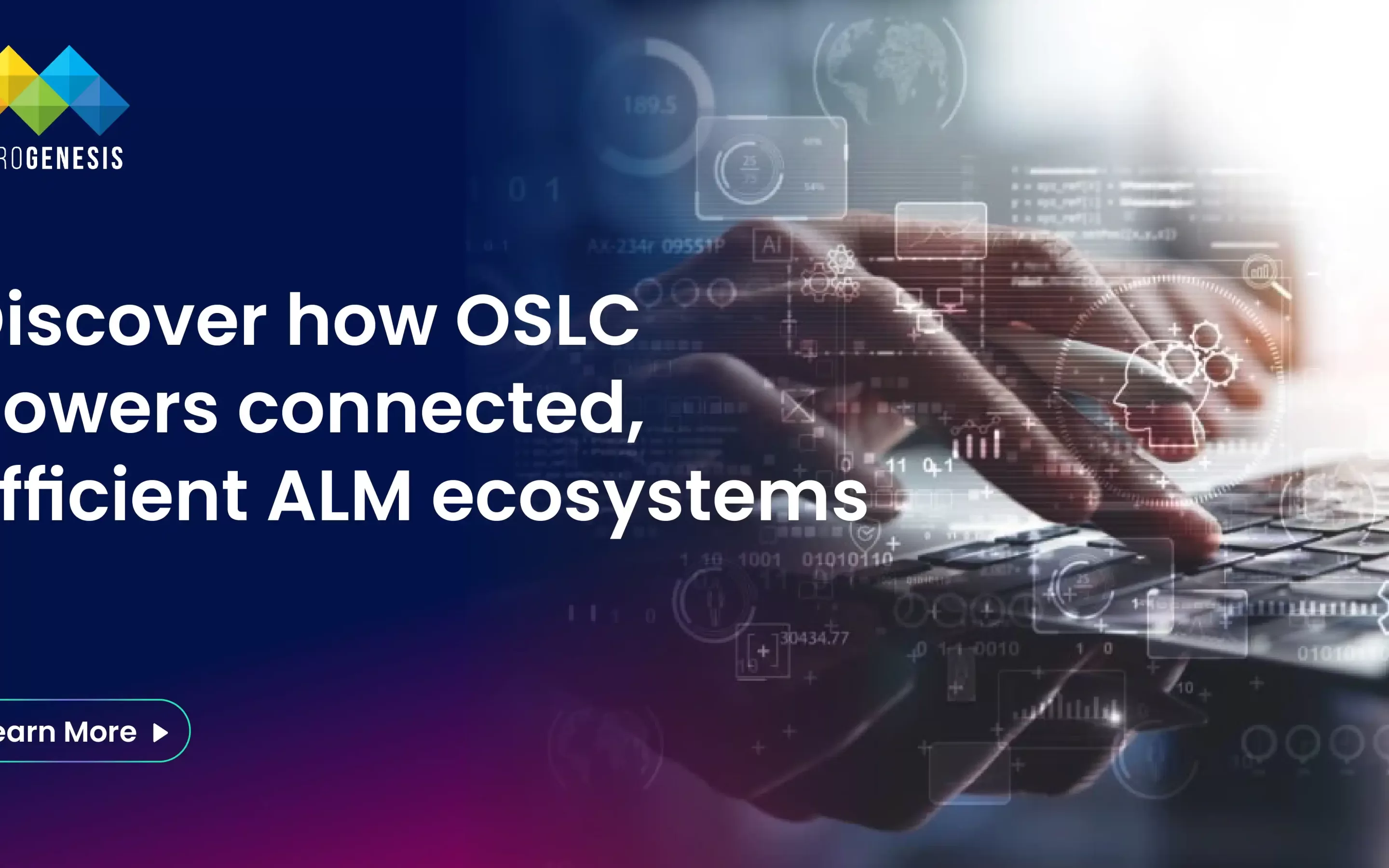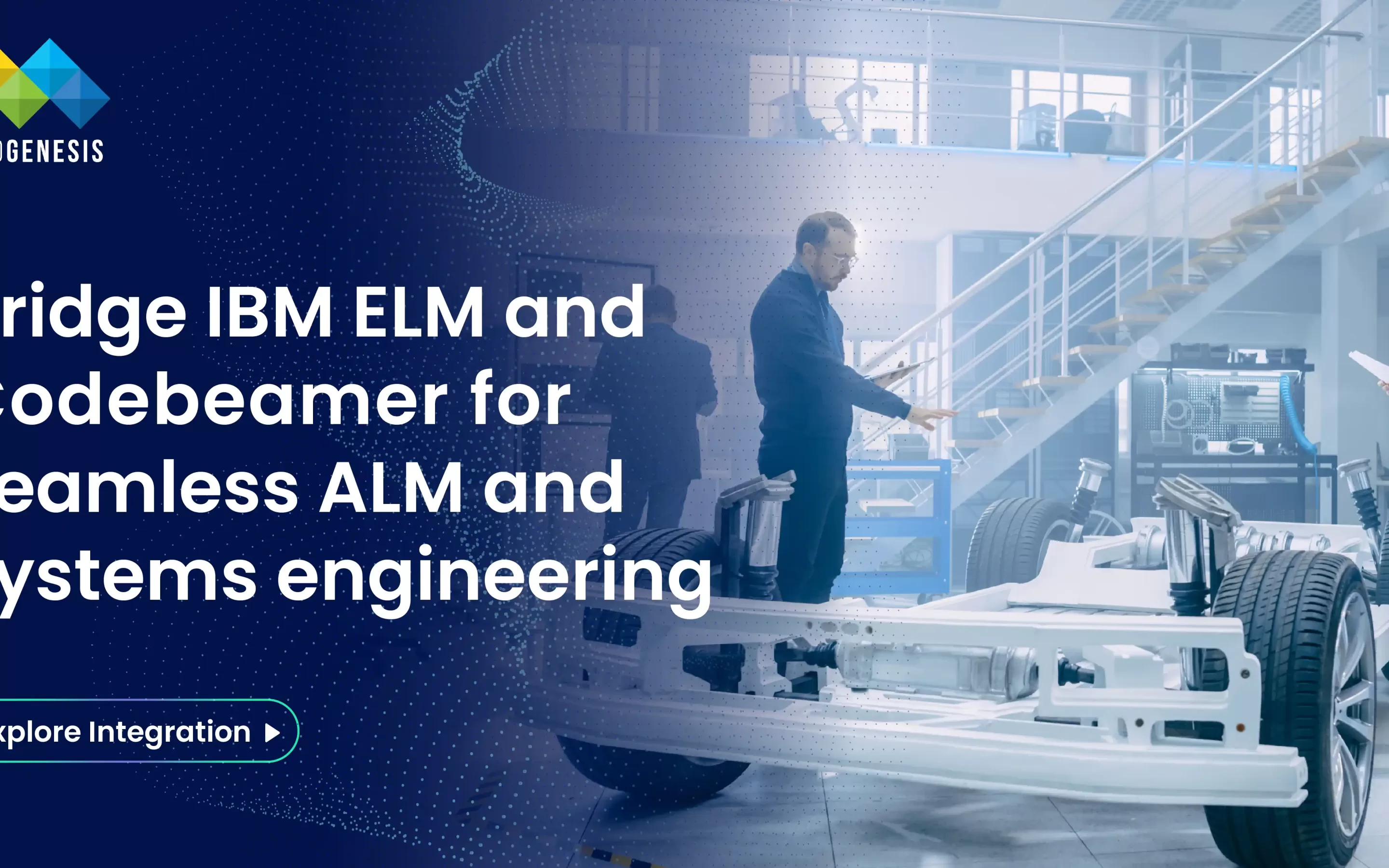Ultimate Guide to Application Lifecycle Management (ALM)
BROWSE TOPICS
We often run into big headaches when managing software projects without a proper system like ALM (Application Lifecycle Management). There’s miscommunication, deadlines get missed or software bugs pop up because things aren’t coordinated properly. This can lead to frustrated teams and unhappy clients.
Unlike traditional software development processes that involve separate, disjointed steps, ALM solutions bring everything together under one umbrella. It manages a software application from start to finish and it covers everything from initial idea, through development and deployment to maintenance and eventual retirement.
The demand for product lifecycle management software is undeniable. With predictions that 85% of company software will be SaaS by 2025, the interest in ALM software tools is rising too. In 2024, searches for ALM tools increased from 5.2k to 5.4k per month.
In this guide, we’re going to delve into the details of how you can choose the right ALM software tools and integrate them into your system smoothly. Keep reading to find out how to optimise your software development process with ALM management tools!
What is ALM?
As the name suggests, Application Lifecycle Management or ALM product development, covers the entire lifecycle of the product, from the time it is an idea on the drawing board to retirement. It is an all-encompassing approach to product development that begins with concept and design and continues all the way through to retirement. We can divide the entire lifecycle into six main phases:- Requirements In this stage, we define what the application will be used for. Developers come together to analyse how the user will interact with the application and what they will be looking for. The requirements are generally listed in a top-down manner – a tree structure with sub-requirements. Sometimes, however, especially in methods like Agile, developers even use a flat structure. It is important to categorise the different requirements by module or feature.
- Design This is the stage when the idea starts to take form on paper. It is no longer an intangible concept. The vision is elaborated as a full-fledged design that the development team can later use as a blueprint. In some cases, this stage also includes an initial prototype model.
- Development It is at this stage that different teams from development, IT, testing, support and even marketing work together. The objective is to ensure the application meets all the requirements specified and is user-friendly. Teams use different development methods, like Agile or waterfall, depending on their preferences. Testing starts during development with unit and integration tests. In fact, continuous integration systems are quite common.
- Testing The testing team reports the issues to the developers for fixing. Sometimes, even experts from other departments are brought in to help clarify the issues.
- Deployment This is when the completed product is rolled out to the end users. It can take several forms, depending on the type of application. On-premise applications are installed on customer servers, while SaaS applications are deployed on the company’s servers. Client applications, on the other hand, are distributed via CD or download. This stage also includes planning how updates and new features are going to be introduced over time.
- Maintenance This is typically the longest phase. If the earlier stages have been completed effectively, maintenance requires less input from testing and development.
What are ALM Tools?
ALM tools are software programs that you can use to manage the lifecycles of applications. The main advantage is that they provide a standardised environment that allows different departments and stakeholders to collaborate without any issues.
From requirement specification to the development and testing phase, from the deployment to the ongoing maintenance, ALM software provides features that can help your teams create and maintain applications efficiently.
Benefits of ALM Tools
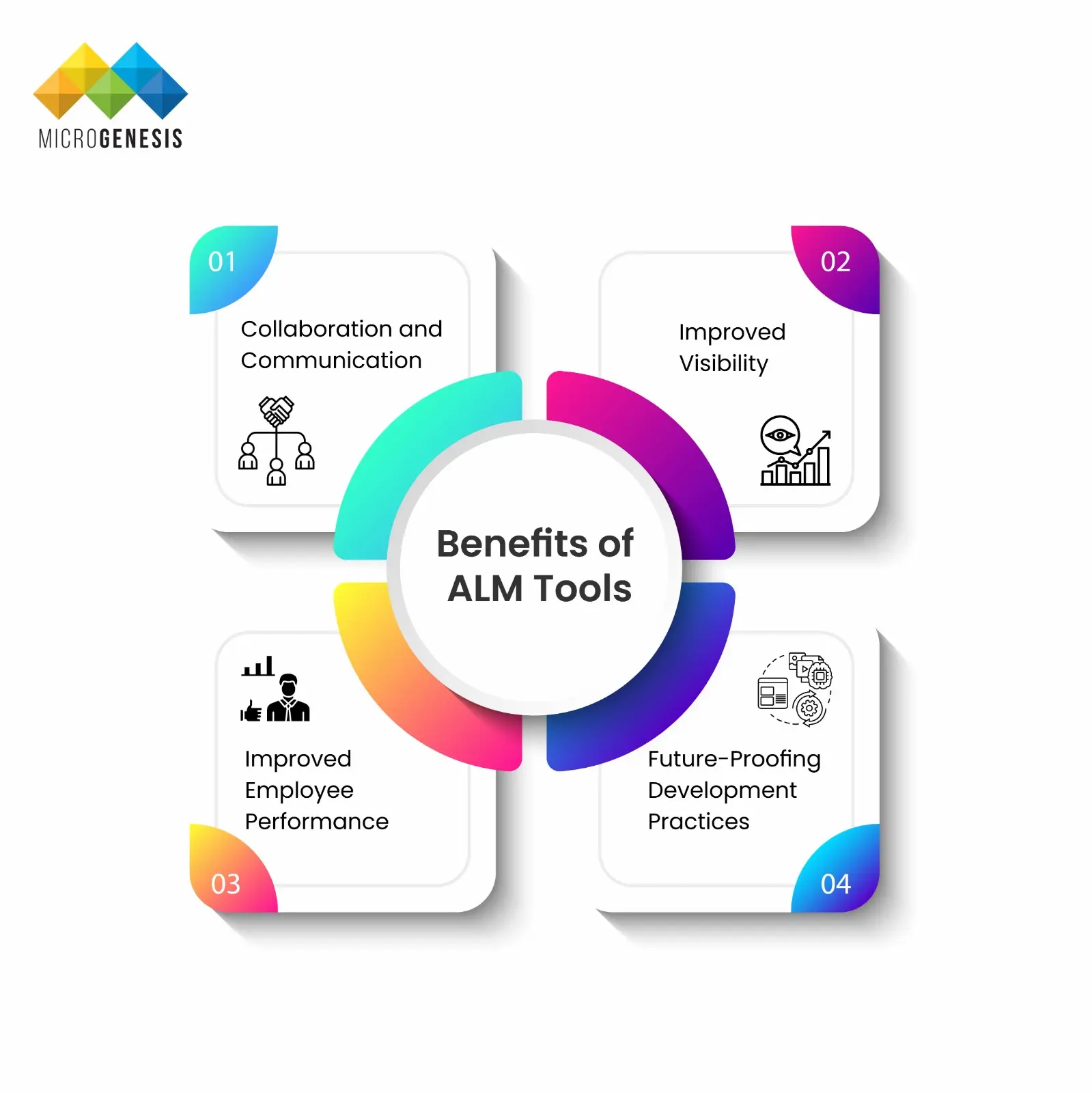
- Collaboration and Communication 83% of workers reported that they were able to maintain a good understanding of their project development when they used project management tools to communicate with their teammates and clients. The best ALM tools allow multiple teams to collaborate seamlessly by offering a common platform for real-time communication. This eliminates communication gaps and keeps everyone informed throughout the development process. From requirement specification to the development and testing phase, from the deployment to the ongoing maintenance, ALM software provides features that can help your teams create and maintain applications efficiently.
- Improved Visibility ALM software solutions provide full transparency throughout the software development process. It helps you to stay in the loop and track the progress of requirements, changes and faults. This is particularly useful for meeting industry standards and requirements.
- Improved Employee Performance By eliminating the extra time and effort taken in interdepartmental collaboration, Application Lifecycle Management tools can actually improve your teams’ productivity. It allows managers and staff to track and participate in a variety of projects while balancing their workload with organisational objectives.
- Future-Proofing Development Practices Technological trends and approaches are always changing. Application lifecycle tools facilitate the implementation of current methods, allowing teams to smoothly integrate new approaches into their development process.
Common Features and Functionalities
- Requirement Management A good Application Management Lifecycle software integrates with your existing processes, whether they’re waterfall or agile. It does not force your team to change their methods and instead, moulds to their comfort.
- Project Management ALM software often doubles as project management software. They allow you to track the status of the project and its progress. They also provide specific options for estimation and project planning. These tools can increase productivity by 50% while lowering project costs by 20%! .
- Source Code Management Most ALM services include capabilities for developers to track code changes. Different developers can collaborate on the same code base, make and merge modifications and effectively manage the development process.DevOps integration with ALM makes this process easier.
- Testing and Quality Assurance Quality control is a major strength of advanced ALM testing software. Depending on the requirements of the process, teams use different testing strategies and techniques in ALM What makes them truly powerful is their ability to track everything from initial plans to final testing. This means linking requirements to test results and ensuring all requirements are thoroughly checked. It’s ideal to involve your quality assurance and testing teams early on with ALM testing tools to help validate requirements and approve testing plans.
- Maintenance Ongoing maintenance can account for 40-70% of a software's total cost! Using ALM software tools can help development teams address the changing needs of users and maintain quality in an organised and efficient manner. It allows them to make changes, release updates, and keep the product running smoothly, ultimately ensuring it delivers the value it was intended to provide
- Governance ALM serves as a guideline for software development, making the entire process transparent. Everyone engaged understands how choices are made, how progress is recorded and who is accountable for what. This clear structure reduces confusion, increases efficiency and eventually results in higher-quality software output. According to Microsoft, 96% of company decision-makers and 95% of workers consider effective communication to be one of the most crucial skills. When tackling complex applications, top-notch communication and collaboration are crucial throughout the application lifecycle development. Look for application lifecycle tools that prioritise real-time information flow, with updates instantly reflected and tied to the relevant artefact. This maintains transparency and ensures everyone has access to the latest details.
- Additional Features ALM management tools can offer a variety of additional features such as:
- Live chat support
- Managing the project portfolio
- Charts and graphs serve as visualisation tools
Featured Application Lifecycle Management Tools
IBM Engineering Lifecycle Management (ELM)
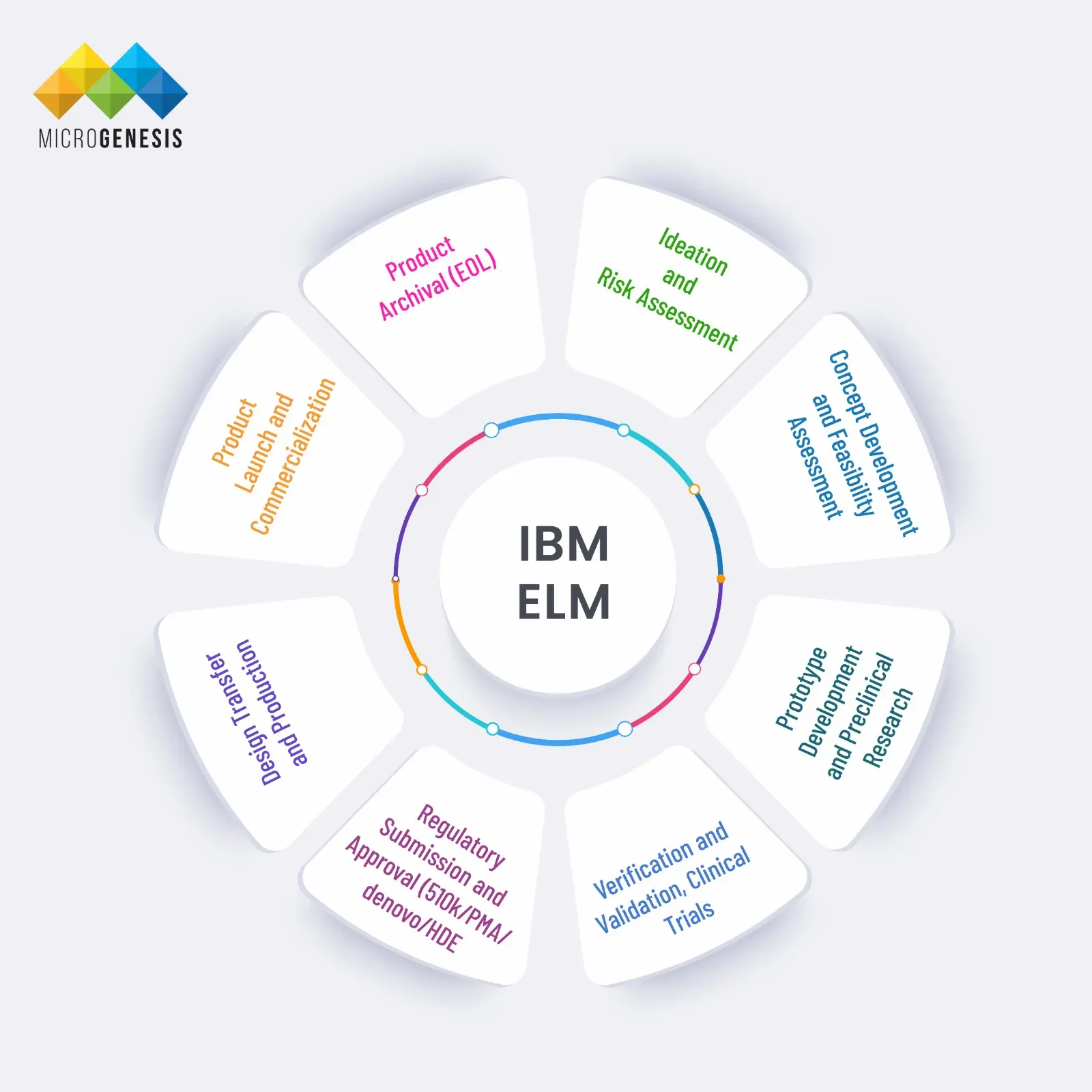
IBM Engineering Lifecycle Management (ELM) simplifies the development of complex systems. It’s an all-in-one tool that manages all aspects of the lifecycle from planning and system design to workflow and test management. It extends the functionality of ALM technologies for better development.
Here’s why you should consider choosing IBM’s ELM for product engineering:
- Reduce complexity: ELM tracks everything (requirements, design, tests) from start to finish. This helps to easily identify the root cause of problems, saving time and complexity.
- Strategic reuse: ELM lets you efficiently reuse requirements, design data, and processes for various product versions and variations, resulting in more advanced and smarter systems.
- Compliance: Ensure your development process adheres to industry standards and regulations.
- Agile systems engineering: ELM enhances agility in large organisations by integrating with the SAFe framework, simplifying planning, expediting product delivery, and enhancing workflow across the entire value stream.
The IBM Engineering Integration Hub integrates IBM Engineering Lifecycle Management (ELM) solutions with third-party tools like:
- Micro Focus ALM
- Atlassian Jira
Broadcom Clarity, and more
PTC Codebeamer
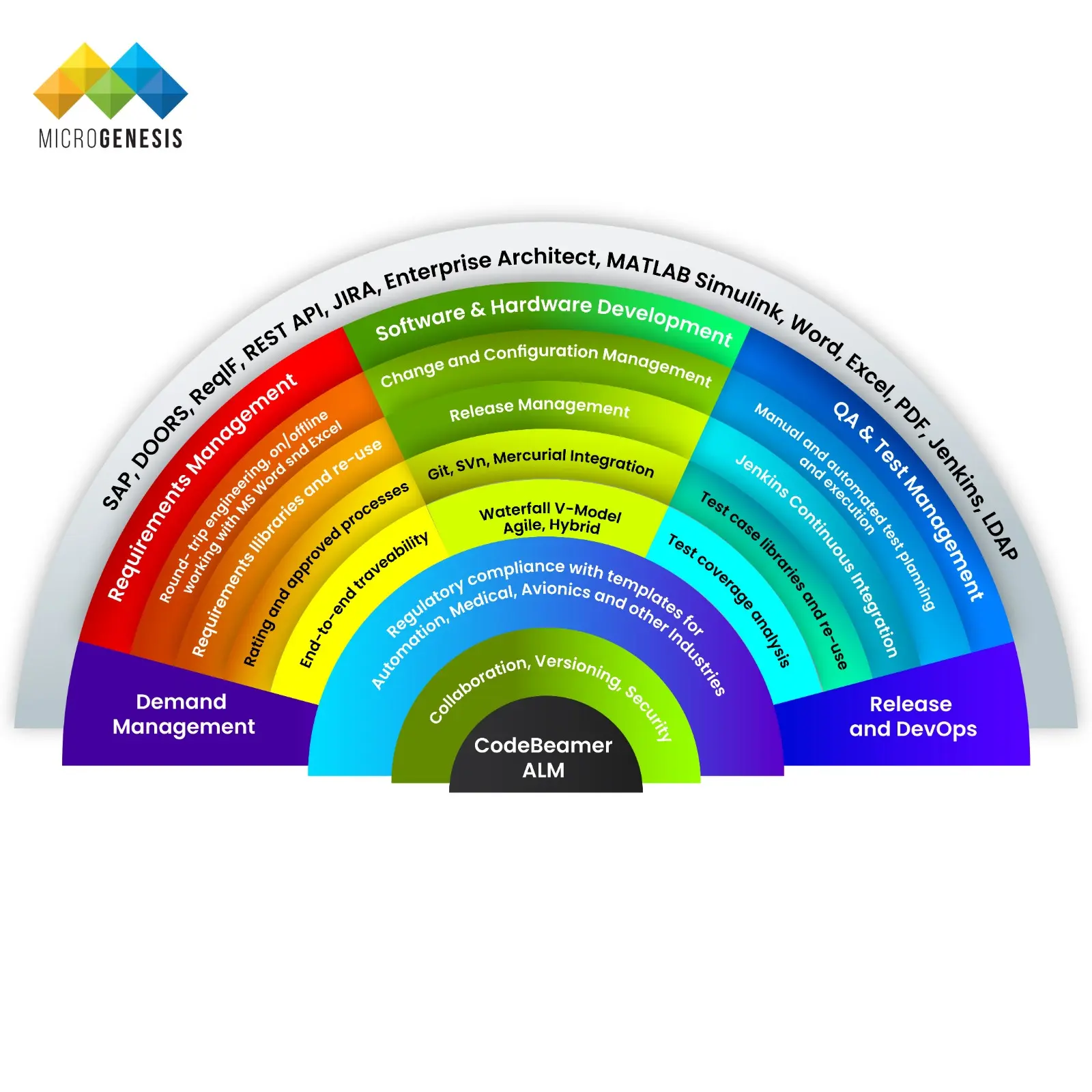
PTC CodeBeamer, by Parametric Technology Corporation, boosts ALM support with special features designed for complex workflows. It offers digital workflows that streamline teamwork and ensure regulatory compliance.
It also seamlessly integrates with other PTC products, connecting everything to the engineering digital thread. As a best practice, it is recommended to start with a pilot project to test the system before deploying the PTC CodeBeamer.
Key features:
- Requirement management: Codebeamer is a powerful tool for managing requirements in software development. It lets you track everything from high-level epics to detailed user stories.
- Software risk management: CodeBeamer assists in integrating software risk management into your software development lifecycle. Effective risk management practices can:
- Increase client satisfaction
- Protect customers from unsafe circumstances
- Protect companies’ reputations
- Test management: This feature ensures that products, software, and systems satisfy the agreed-upon specifications. It enables teams to deliver excellent products to market faster and at a reduced cost.
- Product variant management: CodeBeamer simplifies managing different versions of your product. Whether it’s features, materials, or colours, you can easily track and manage variations throughout the entire product lifecycle.
CodeBeamer integrates with tools like JIRA, Jenkins, and GitHub, enabling seamless workflows across platforms.
Siemens Polarion ALM

Siemens Polarion ALM is a complete package for improving application development processes. It integrates teams and projects, offering a single approach to requirements, development, testing, and deployment.
Key features:
- Enhance collaboration: Teams can work together on shared resources in a safe and organised way. The system lets you decide who can view certain information, who can make changes, and when they can do it.
- Increase traceability: You can easily view detailed information about each stage of the development process. The tool provides a full picture of the entire workflow, allowing users to access specific code modifications and high-level requests with a single click.
- Effectively reuse data: Instead of starting from scratch for each project, the tool lets you reuse data from previous ones. This lets you work on multiple projects at once or one after another, sharing common elements like requirements, code, and tests.
Polarion connects with a variety of tools, including Enterprise Architect, Jenkins, and MATLAB, giving it a wide range of capabilities.
Feature Comparison Application Lifecycle Management Tools
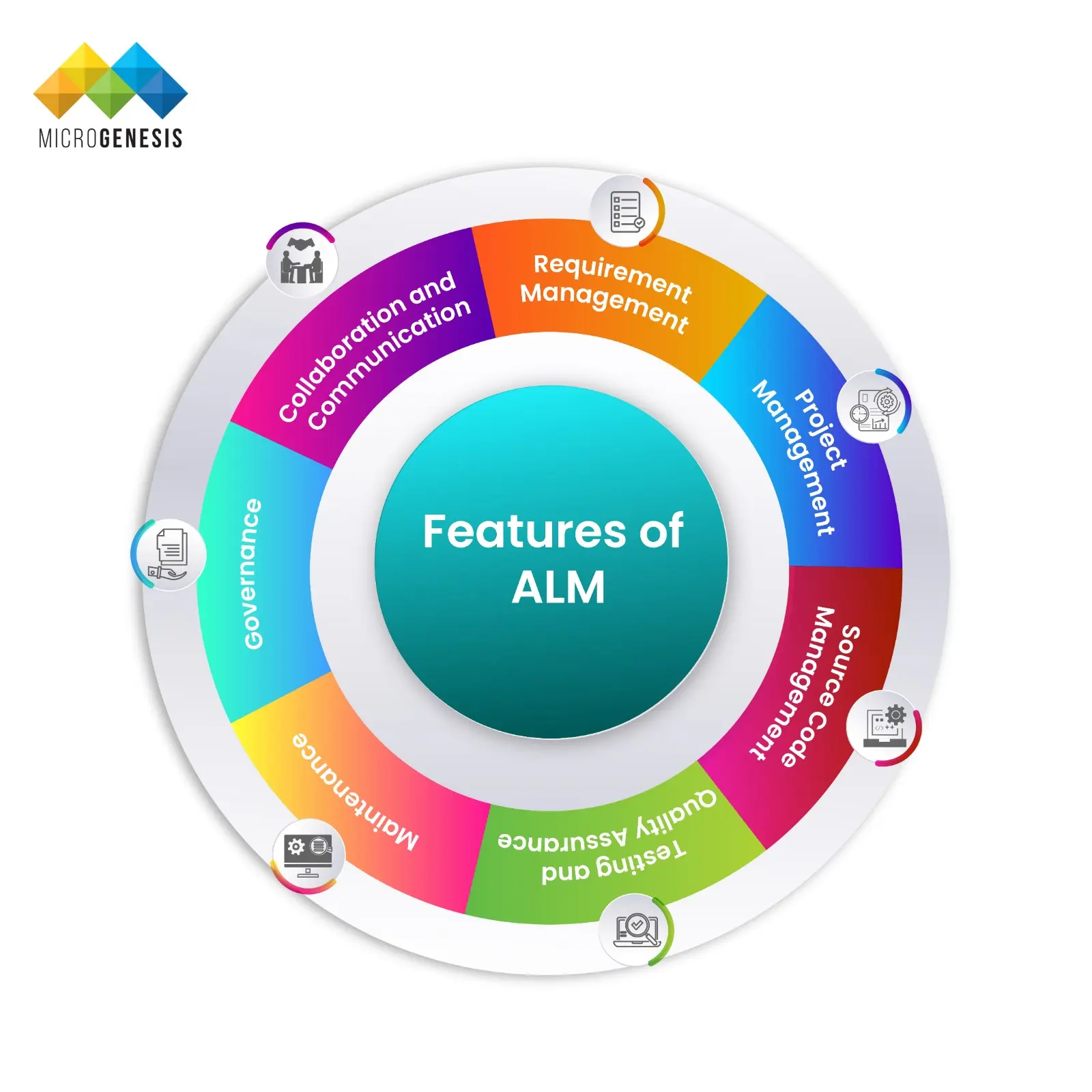
| Feature | IBM Engineering Lifecycle Management (ELM) | PTC CodeBeamer | Siemens Polarion ALM |
| Focus | Complex Systems Development | ALM with Configurability | Unified ALM Solution |
| Requirements Mgmt | Yes | Yes | Yes |
| Risk Management | Yes | Yes | Yes |
| Test Management | Yes | Yes | Yes |
| Collaboration | Improved team development | Collaborative workflows | Real-time communication |
| Integrations | IBM Integration Hub and various tools | PTC products and various tools | Various tools |
Strengths and Weaknesses of Various ALM Tool
| Feature | IBM Engineering Lifecycle Management (ELM) | PTC CodeBeamer | Siemens Polarion ALM |
| Strengths | Versatile yet easy-to-use application lifecycle management | Full Agile Capabilities | Collaboration |
| Advanced integration | End-to-End Traceability | Traceability | |
| Weakness | Limited process traceability | Lack of flexibility | Difficult to reset items or documents |
| High rework costs | User-friendly interface | Complex customisation |
Considerations for Tool Selection
- User Interface (UI): The user interface improves the communication between the user and the tool and allows the user to switch between functions easily.
- Integrations: Choosing a solution with efficient third-party integrations saves time and enables staff to complete jobs easily.
- Price: If the offered price meets the tool’s required functionality and is within budget, it is usually the one to shortlist.
- Data Storage: Selecting an ALM tool depends on your data storage location, whether it’s online or on-premises. Choose the option that best suits your company’s tech setup and security requirements.
- Integration Option: When selecting AML software, look for one that integrates smoothly with the programmes you already use like your bank system and payment tools. This allows information to flow smoothly between them without disrupting your existing processes.
Remember to facilitate ALM training programs for your team, so that they can use them for maximum efficiency. Read more about why ALM training is important here.
Factors to Consider When Evaluating ALM Tools

Here’s what you need to know about selecting the right integrated ALM solution:
Requirement Management
Managing requirements over the full lifetime can be difficult and frustrating. Thus, it’s important to choose an ALM system that can store, organise, and filter data and documents across a project’s lifecycle and numerous projects.
Keep in mind that one of the best practices for requirements management in ALM is to categorise and prioritise the specifications for clear visualisation.
Integration Capabilities
The capacity of an ALM to interface with mission-critical systems is an important factor. An ALM should be a central hub for linking multiple tools and platforms used throughout the software development lifecycle, such as:
- Quality management system (QMS)
- Continuous Integration and Deployment (CI/CD)
All-in-One
Using multiple tools in multiple processes can increase your project time and margin for error. Instead, choose an ALM tool with all-in-one functionality for real-time reporting and collaboration across the organisation.
Scalability and Flexibility
When choosing an ALM, it’s crucial to consider scalability. After all, scalability can increase ROI by as much as three-fold and increase revenue and cost savings by 15-20%!
The system should be capable of handling an increasing number of users and large data volumes. It should also be able to accommodate sophisticated operations while maintaining performance, as your software becomes more complex and your business grows.
Project Management
Project management is crucial for budgets, deadlines, and deliverables. An integrated ALM solution can track and manage major milestone progress, including basic planning, time management options, and real-time monitoring capabilities.
Traceability
A reliable ALM tool shows you how everything in your software project interacts. This traceability is important for two reasons:
- Staying Compliant: It ensures that your software adheres to the norms and standards that your industry requires.
- Keeping track of changes: If you change something (for example, a requirement), you can readily see how it affects other areas of the project (such as code).
Don’t underestimate the importance of compliance and traceability in ALM
Steps to Selecting the Best ALM Tool for Your Organisation

- Define goals: Set clear, measurable objectives aligned with your business strategy for a focused ALM journey.
- Prioritise processes: Identify and prioritise key ALM processes like requirements, testing, and deployment to maximise impact.
- Select the right tools: Evaluate and choose ALM tools that integrate seamlessly, are easy to use, and support your critical processes.
- Track progress: Define ALM metrics and KPIs tied to your goals to measure success and identify areas for improvement.
- Implement and refine: Train your team, refine metrics, and continuously improve your ALM processes for an evolving software landscape.
Tips for Successful Implementation and Adoption
Let’s take a look at some of the best practices for implementing your ALM tool- Regulatory Compliance ALM tools should help you follow the rules (regulations) set by organisations. They must be able to track all activities and make sure that the products are safe and meet all compliance requirements. They should also provide thorough documentation to make the process of auditing and inspection easier.
- Complexity of Products ALM tools act as a roadmap for managing the intricate details of complex products. They track everything and provide a streamlined workflow to make sure the build is successful.
- Increased Collaboration Bigger teams mean better teamwork! ALM software should act like a central hub, keeping everyone (designers, testers, developers) informed and working together smoothly.
- Cost of Quality Quality control and assurance are crucial, especially in regulated industries where the cost of quality can be high. ALM testing tools must assist in reducing these costs by detecting problems early in the development process, thus decreasing the likelihood of expensive rework or recalls.
- Scalability As companies grow, their software development processes need to scale accordingly. The chosen tools should provide a framework that can adapt and grow along with the organisation. Focus on the customisation and configuration capabilities of your ALM tool. It will help ensure that they can support the increased demands of the company and accommodate more complex workflows without compromising on quality.
Conclusion
With more advanced technologies comes the need for advanced software management tools. ALM technologies are paramount in managing the full software development lifecycle and provide benefits like greater collaboration and performance.
In this guide, we have delved into several of the top Application Lifecycle Management tools that can help you. From IBM ETM to Siemens Polarion ALM, each comes with a set of unique advantages that can add value to your internal workflows.
The process of selecting the right ALM tool can make all the difference. Don’t rush and make hasty decisions as it can cost you in the long run. Instead, take the time and evaluate your exact requirements before taking a call.
If you’re still unsure about selecting the perfect ALM tool for your organisation, reach out to MicroGenesis for a demo. We’ll guide you through the decision-making process and help you implement the right solution.
Related posts
What Is OSLC? A Guide to Open Services for ALM Integration
In the modern software development ecosystem, integration is no longer a luxury—it’s a necessity. As organizations increasingly rely on diverse tools across...
What is IBM ELM and PTC Codebeamer Integration? Benefits for ALM and Systems Engineering
The Shift Towards Integrated ALM Ecosystems In today’s complex engineering and product development environments, software and hardware teams rarely work on a...
The Best ALM Software for Safety-Critical Industries
In today's fast-evolving technology landscape, safety-critical industries such as automotive, aerospace, healthcare, and energy face immense challenges in...

